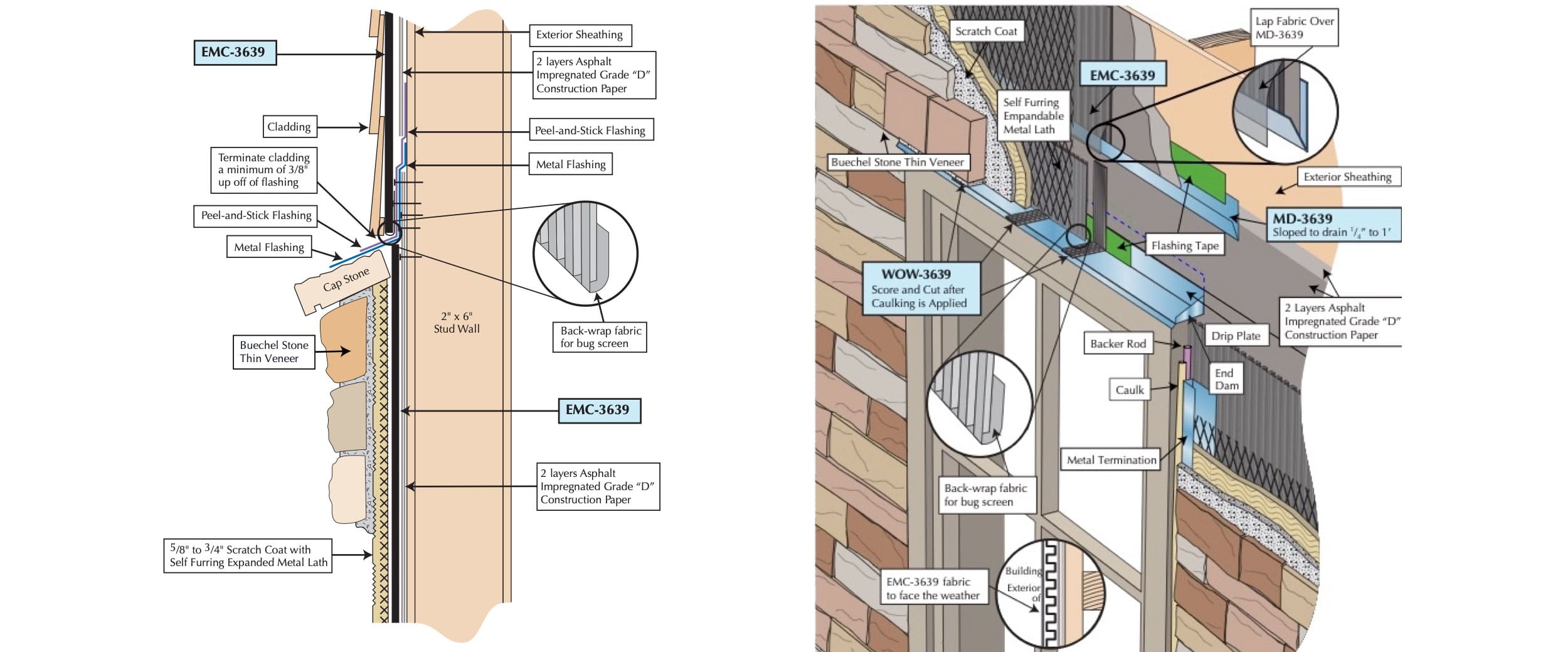Manufactured stone veneer can be significantly easier and more cost effective to install than natural stone and can be used in a variety of applications and on many different surfaces.
Installing stone siding in cold weather.
Very cold weather changes the behavior of mortar and can lead to cracking and other problems.
Chilly weather makes installation frustrating because the colder it gets the easier the vinyl will crack.
Before you begin installing the vinyl siding it must be cut to size.
Natural stone is built to stand the test of time and can last indefinitely.
This may include protecting raw materials from cold and ice heating mortar during application and insulating structures during the.
Also like any material vinyl contracts in cold temperatures which can cause issues after the weather warms back up.
Measure the entire exterior of your house and don t subtract the area of the windows and doors including these in your measurements will provide some extra just in case you need it vinyl siding institute explained.
Masons must act promptly and follow special steps to keep masonry warm and workable.
Stone veneer in cold weather hey karl if you put one of those little square heaters in what used to be the fire barrel it will keep the sand warm even down to 0.
Maintenance and care scuffing cleaning.
As the temperatures start to drop there are some extra considerations to take into account with eifs siding installation.
Installation of manufactured stone veneer panel products page 10.
There has to be some room for the air to circulate so we just put a pallet on each side or something.
Additionally if you re replacing or installing new vinyl siding in the winter you should use extreme care.
Stone siding for the home exterior is a popular option among homeowners who want a distinct look for their homes.
A cold weather installation particularly one where the temperature can drop below 40 degrees fahrenheit at any point night or day during a 7 day window after installation risks freezing the moisture content in the setting material and stalling stopping the curing process resulting in a bond strength between stone and wall that might not be sufficient to hold the stone over the long run.
Putting in the siding in temperatures lower than 40 degrees increases chances for cracking and buckling.
Cold weather can seriously affect the drying and curing process of eifs siding leading to problems such as base coat failure delayed or improper curing insufficient bonding to the substrate or a poor finishing coat.
Installation of manufactured stone veneer jointless or drystack interior applications cold weather applications hot weather applications page 11.
It s not impossible to install vinyl in cold weather but the brittleness does make the whole process more difficult.
Here s a quick guide to doing it right.
With its versatility and light weight faux stone can be used in a wide array of architectural applications.
Installation of manufactured stone veneer mortar scratch coat grout joints page 9.
Masonry work requires special attention when working temperatures are below 40 f.
The beauty of a stone is incomparable and more durable than wood siding which is porous and can rot over time.










